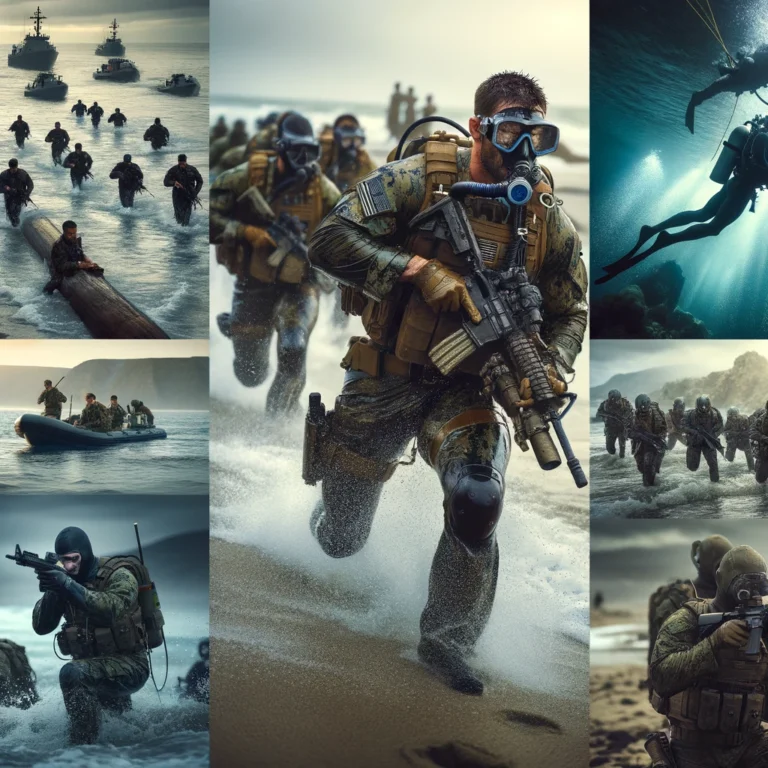Navy SEALs are among the most elite special operations forces in the world, known for their unparalleled skill, endurance, and combat capabilities. Becoming a Navy SEAL is an extraordinary achievement that requires one of the most grueling training regimens in military history. This article explores the various stages of Navy SEAL training, highlighting the rigorous demands and the unwavering determination required to earn the coveted SEAL trident.
Pre-BUD/S: Preparing for the Challenge
Before candidates can even begin Basic Underwater Demolition/SEAL (BUD/S) training, they must pass the SEAL Physical Screening Test (PST). This test includes a 500-yard swim, push-ups, sit-ups, pull-ups, and a 1.5-mile run. High scores are essential as they determine a candidate’s eligibility and readiness for the rigors of BUD/S.
Phase 1: Basic Conditioning
The first phase of BUD/S, known as Basic Conditioning, lasts seven weeks and is designed to push candidates to their physical and mental limits. The infamous “Hell Week” occurs during this phase, typically in the third week. Hell Week consists of five and a half days of continuous training with little to no sleep. Candidates endure brutal physical challenges, including log PT, surf passage, and countless hours of running and swimming. The goal is to weed out those who lack the necessary determination and resilience. It is common for up to 75% of candidates to drop out during this phase.
Phase 2: Combat Diving
The second phase, Combat Diving, focuses on developing underwater skills essential for SEAL operations. Over the course of seven weeks, candidates learn both open-circuit (scuba) and closed-circuit (rebreather) diving techniques. This phase emphasizes underwater navigation, dive physics, and the use of diving equipment. The training ensures that SEALs can conduct covert underwater missions effectively.
Phase 3: Land Warfare
The third phase, Land Warfare, lasts seven weeks and is dedicated to teaching candidates the tactics and skills necessary for ground combat. Training includes marksmanship, small unit tactics, land navigation, explosives, and demolition. This phase also includes Survival, Evasion, Resistance, and Escape (SERE) training, where candidates learn to survive and evade capture, resist interrogation, and escape from enemy forces.
Post-BUD/S Training
After completing BUD/S, candidates move on to several additional training programs before earning their SEAL trident. This includes:
- Parachute Jump School: Conducted at the U.S. Army Airborne School, candidates learn static line and freefall parachuting.
- SEAL Qualification Training (SQT): A 26-week program that covers advanced tactical training, including close-quarters combat, combat diving, and advanced marksmanship.
- Specialized Training: SEALs receive further specialized training in areas such as sniper skills, language training, and advanced driving.
The SEAL Ethos
Throughout their training, candidates are constantly reminded of the SEAL Ethos, which emphasizes honor, courage, and commitment. This ethos guides SEALs in all aspects of their professional and personal lives, ensuring they uphold the highest standards of conduct and performance.
Becoming a Navy SEAL is a testament to an individual’s physical prowess, mental fortitude, and unwavering determination. The training is designed to produce warriors capable of performing the most challenging and dangerous missions. Those who succeed earn the right to be part of an elite brotherhood, respected and revered for their extraordinary capabilities and dedication.

